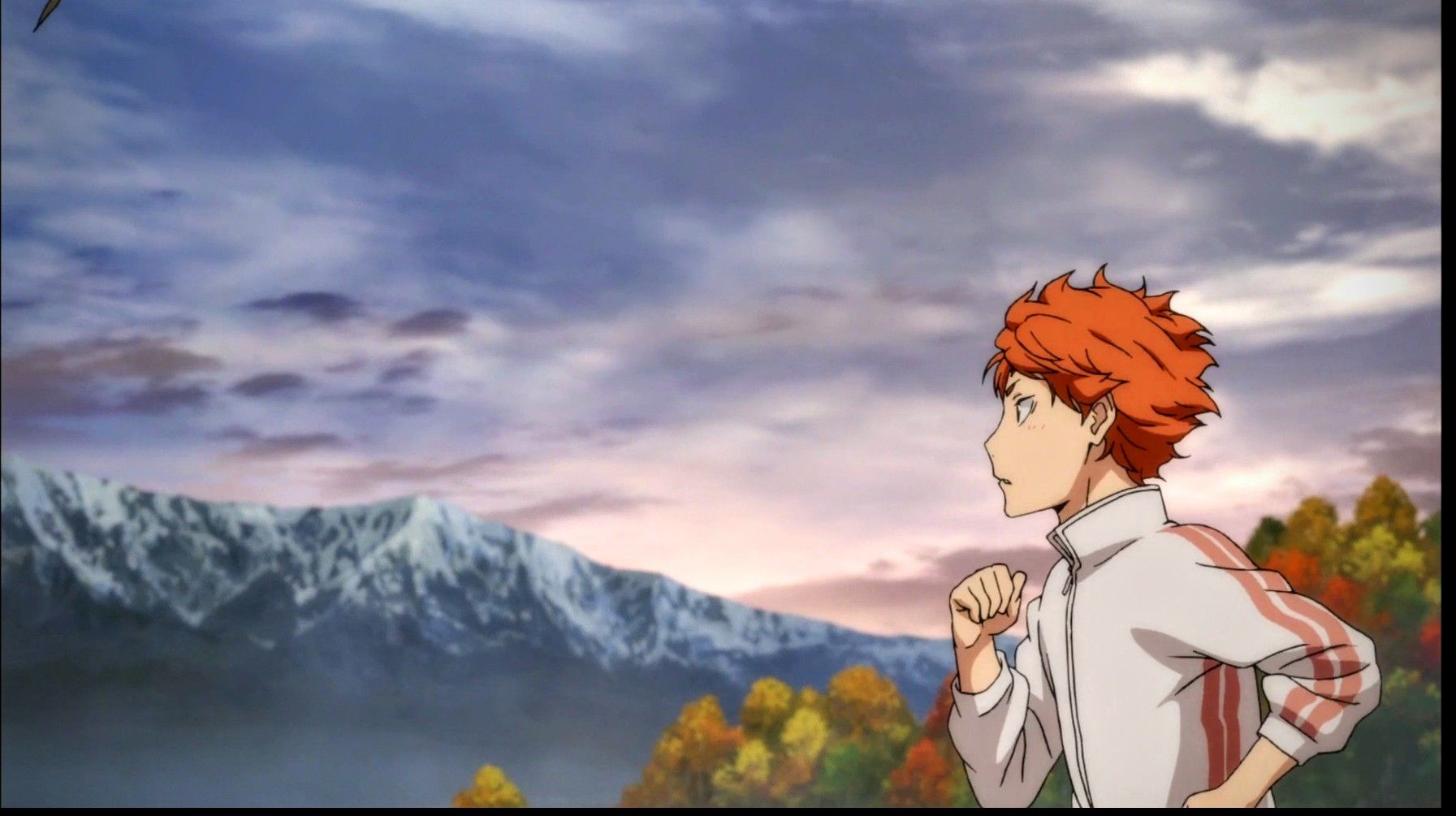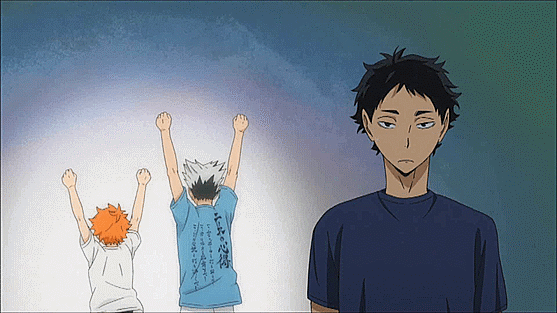Learned how to learn : DevRetro 2022 WrapUp
 Aditya Dike
Aditya Dike
Giving up on coding
As the year began, I completed my studies in Data Structures and Algorithms(DSA) using the Java programming language. I felt a sense of accomplishment and pride in what I had learned, but I also felt a bit lost. I wasn't sure what to do next or what I could build with the knowledge I had acquired. I wanted to put my new skills to the test and see what I could create. I decided to start doing LeetCode problems, which are popular coding challenges used by many software engineers to improve their skills. However, I quickly found that I was having a hard time with them. Despite having a solid understanding of data structures, I didn't know how to apply them to solve problems. I struggled for four months and was close to giving up on my goal of becoming a software engineer.
Inspiring and getting started

During my summer vacation, I decided to take a break from the hustle and bustle of city life and visit my village. The peaceful environment helped me clear my mind and relax. As I spent my days in the village, I found myself watching some inspiring anime like Haikyuu. The story of the characters made me realize that if I gave up now, my future would be full of regrets. That's when I decided to start learning web development. I chose this field because it is easy to understand and fun to do. The visual aspect of web development makes it easy for me to understand the concepts. Going to the village and watching anime was beneficial for me. Not only did it help me relax and clear my mind, but it also inspired me to take action and pursue my dreams.
Trap
As I dive deeper into the world of web development, I realized that my struggles with HTML, CSS, and JavaScript are common. Many beginners, like myself, find themselves struggling to take the next step after learning the basics of these technologies. When I first started learning HTML, CSS, and JavaScript, I thought I had mastered the basics and was ready to start building projects. However, when I attempted to create a simple HTML page, I quickly realized that something was not right. I was unable to even create a single webpage and found myself stuck with CSS and HTML. At the time, I thought that I had no interest in frontend or designing and that's why I couldn't build a webpage. But soon, I realized that my problem was not a lack of interest, but rather an inability to make projects.
I felt helpless and couldn't understand what went wrong. These thoughts kept coming to my head until I stumbled upon a video by Kunal, he talked about a common problem among coding students, which he called "tutorial hell." To my surprise, I realized that I had been trapped in tutorial hell for a whole year and hadn't learned anything. I spent hours every day reading tutorials and watching videos on HTML, CSS, and JavaScript. I thought I was making progress, but I was wrong. He then introduced the solution of "learn by doing" and how it can help us break out of tutorial hell.
Backing Myself Up

I discovered that the key to success was not just building projects, but learning while building them. I initially faced the challenge of not knowing where to start or what the basic concepts were. However, I soon realized that the phrase "learn by doing" meant more than just building projects. It meant seeking out resources and learning new skills whenever I got stuck.
One example of this was when I was struggling with CSS positioning. Instead of giving up, I turned to documentation, blogs, and videos to gain a deeper understanding of the topic. This approach not only helped me overcome my challenge but also allowed me to build a more solid foundation for future projects.
In short, the main takeaway from my experience is that the key to success in learning to code is not just building projects, but actively seeking out resources and learning new skills. And I want to share my learnings with others so that they don't fall into the same trap as I did.
What I learned
After wasting a year and a half, I learned how to learn. That was my main takeaway from 2022. I realized that learning is not just about coding all day or making 100 projects, but about gaining knowledge and understanding in a variety of different areas. I also found that teaching, writing, and reading are essential parts of learning. They help you not only gain knowledge but also to understand it better and apply it in different situations.
One of the biggest mistakes I made was not having a clear learning plan or goals. I would often find myself jumping from one topic to another. This led to a lot of frustration and a feeling of being stuck.
However, after I started to focus on setting clear goals and learning plans, I found that I was able to learn much more efficiently and effectively. I also found that by teaching and writing about what I learned, I was able to solidify my understanding and help others in the process.
The Reason of Writing a Blog

That's why I've decided to start a blog and write about everything I learn. My main motivation for doing this is to help others avoid the same mistakes I made. I believe that by sharing my experiences and knowledge, I can make a positive impact on others and help them to reach their own learning goals. In conclusion, I am grateful for the opportunity to share my thoughts and experiences with you through this blog. I use Chat Gpt to improve my grammar and improve my blog. I understand that I still have a lot to learn, and I am open to constructive criticism and suggestions for improvement. If you have any resources or tips for learning more about blogging, I would greatly appreciate them. Thank you for reading my first blog post, and I look forward to continuing to improve my writing and sharing more content with you in the future.
Subscribe to my newsletter
Read articles from Aditya Dike directly inside your inbox. Subscribe to the newsletter, and don't miss out.
Written by

Aditya Dike
Aditya Dike
Aditya is passionate about DevOps and Java development, especially within the development of web applications and the integration of DevOps tools. he likes to contribute to the Open Source and engaging in the Cloud-native ecosystem.